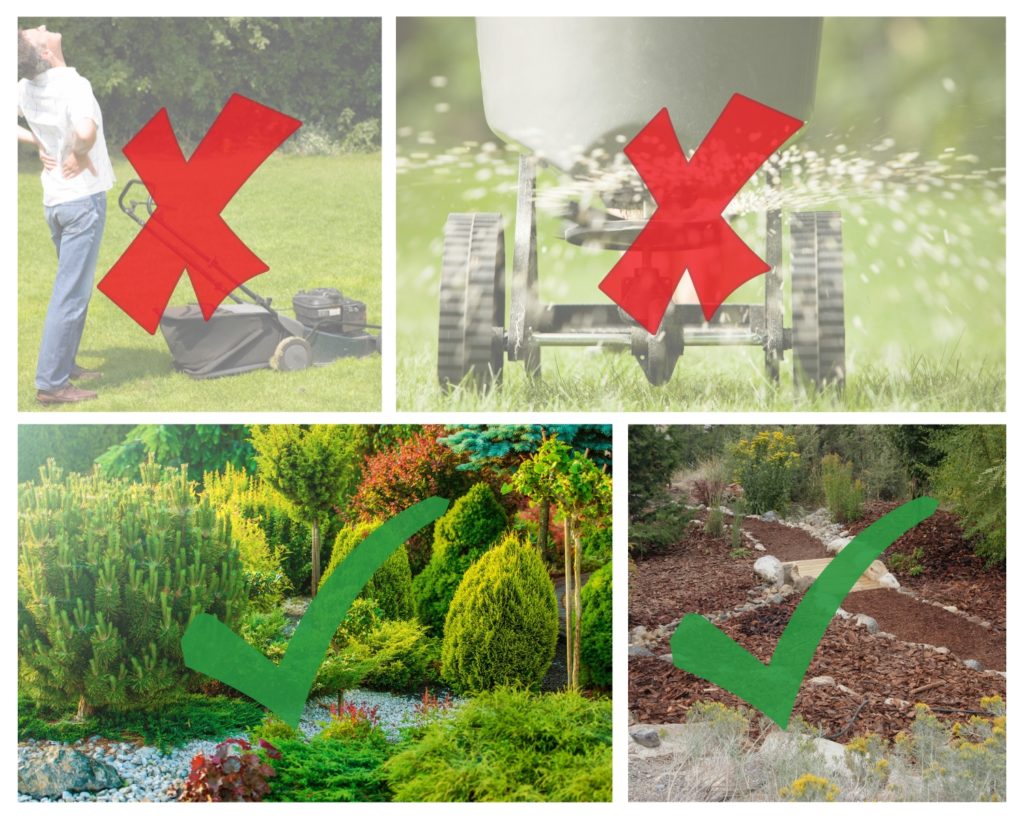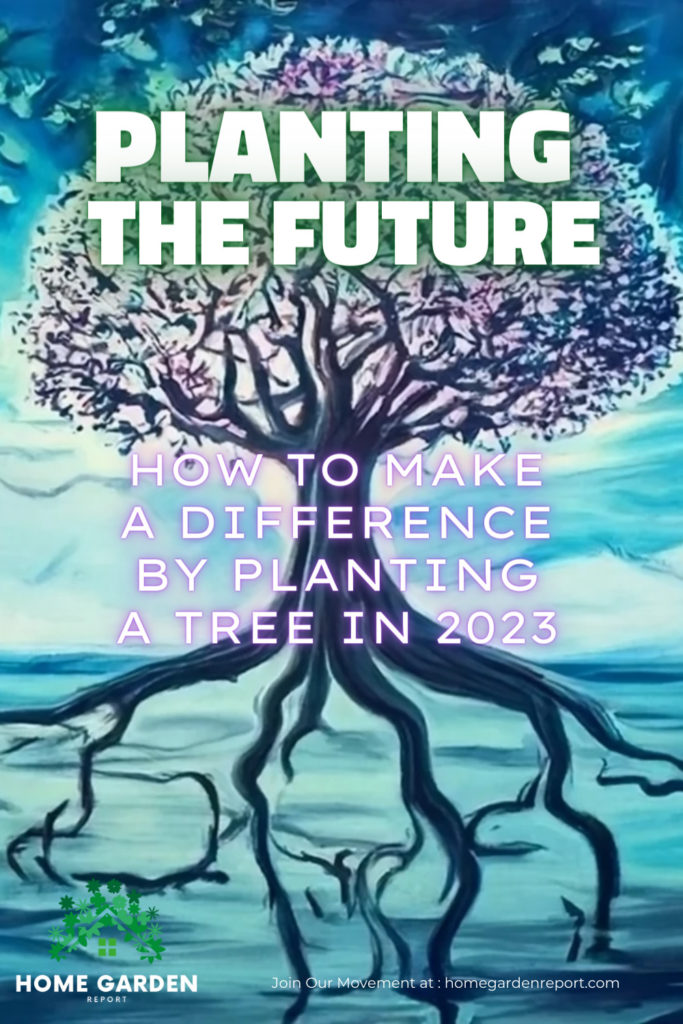
Introduction
As you walk through a lush forest, take a moment to breathe in the fresh air, listen to the rustling of leaves, and feel the cool shade provided by the towering trees. These gentle giants are more than just a part of our landscape; they are the very lifeblood of our planet.
My own journey with tree planting began in the most unexpected of places – under our deck. As a child, I discovered a tiny sapling, struggling for light and space. With a sense of purpose, I dug it up and moved it into our yard, where it could have the room it needed to grow. From my second-story bedroom window, I watched over the years as the sapling stretched towards the sky, its branches reaching out like arms embracing the world. By the time I was 18 and ready to leave home, the tree had grown past my window, standing tall and proud, a testament to the power of nature and the impact of a single act.
In this era of climate change and environmental uncertainty, the act of planting a tree has never been more significant. It’s a small step, but one that can have far-reaching effects. This is why we’re encouraging everyone to make a difference by planting a tree in 2023.
In this blog post, we’ll explore the importance of trees, why 2023 is a crucial year for our planet, and how you can contribute to a greener future by planting your own tree. We’ll provide you with scientific data, expert quotes, and practical tips, all accompanied by strong visuals to guide you on this journey. So, let’s embark on this journey together and plant the seeds of a brighter future.
The Importance of Trees
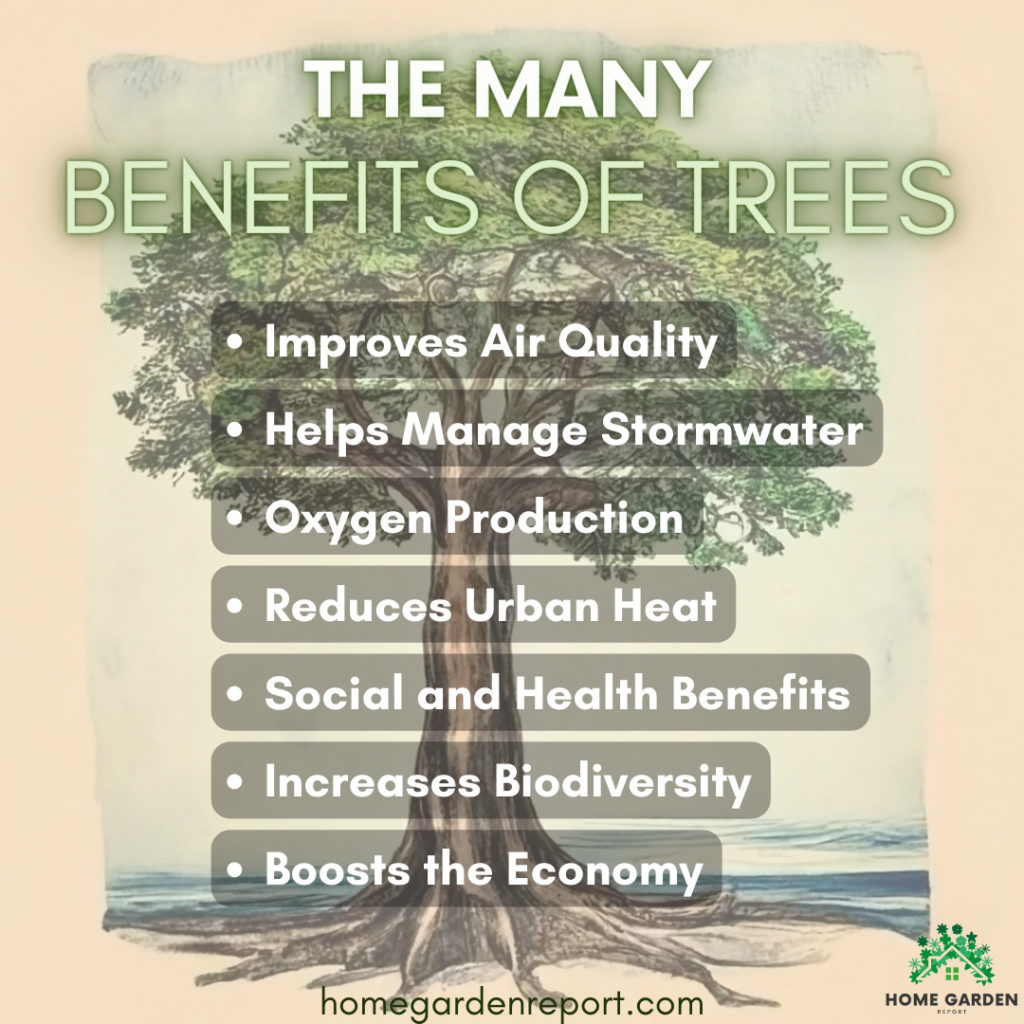
Trees are the lungs of our planet. They breathe in carbon dioxide and exhale oxygen, providing us with the air we need to survive. But their role in our environment extends far beyond this basic function. They are a vital part of our ecosystem, providing a multitude of benefits that are essential for our health and well-being.
A study conducted by Reid et al. in 2017 found that living near vegetation, particularly trees, is associated with numerous health benefits1. The researchers found that respondents who lived in areas with a high density of trees reported better health compared to those in areas with less greenery. This study suggests that trees, more than just beautifying our surroundings, can have a direct impact on our health.
Trees also play a crucial role in moderating our climate. A study by Sanusi et al. found that tree canopy cover can significantly influence the microclimate of urban areas2. Streets with high tree canopy cover had lower air temperature, relative humidity, solar radiation, and mean radiant temperature compared to streets with low canopy cover. This means that trees can help to cool our cities, making them more comfortable and livable, especially during the hot summer months.
Moreover, trees are essential for maintaining the balance of our agro-ecological systems. According to a review by Iqbal et al., mulching, a practice often associated with tree planting, can provide significant agricultural and environmental benefits3. Mulching can help to conserve soil moisture, enhance nutrient balance, control soil erosion, and improve microbial activities. This highlights the role of trees in promoting sustainable agricultural practices.
Lastly, trees are vital for combating climate change. They absorb carbon dioxide, one of the main greenhouse gases contributing to global warming. However, as Pataki et al. point out, while the potential of urban trees to mitigate greenhouse gas emissions and air pollution is limited due to space constraints, they can play a significant role in climate and pollution adaptation strategies4.
Trees are not just a part of our landscape; they are a critical component of our environment and our lives. They provide us with numerous health and environmental benefits, making our cities more livable and our planet more sustainable.
| Benefits | Description |
|---|---|
| Oxygen production | Trees produce oxygen, supporting up to 18 people per year with enough oxygen to breathe. |
| Air quality improvement | Trees filter pollutants from the air, removing up to 70% of particulate matter and pollutants like ozone, nitrogen dioxide, and sulfur dioxide. |
| Stormwater management | Trees slow down stormwater runoff, reducing flooding and erosion. Their roots absorb water, and leaves intercept rainfall. |
| Evaporative cooling | Trees cool the air by evaporating water from their leaves, reducing the urban heat island effect and lowering temperatures in cities. |
| Biodiversity | Trees provide habitat for a variety of wildlife, including birds, insects, and mammals. They also connect different ecosystems, promoting biodiversity. |
| Economic benefits | Trees offer economic advantages, including increased property values, tourism boosts, and job creation in forestry and landscaping industries. |
| Health benefits | Trees provide health benefits such as stress reduction, improved air quality, and spaces for exercise and socializing. |
Why Plant a Tree in 2023?

The year 2023 is not just another year on the calendar; it represents a critical juncture in our fight against climate change. As we continue to grapple with the escalating impacts of climate change, the act of planting a tree has taken on a new level of urgency and significance.
The agricultural sector, which forms the backbone of many rural communities, is particularly vulnerable to the impacts of climate change. A study conducted in Ethiopia found that smallholder farmers are already perceiving climate variability and are adapting by implementing practices such as crop diversification, adjusting planting dates, and tree planting5. This highlights the role of tree planting as a practical and effective adaptation strategy in the face of climate change.
However, it’s important to note that not all tree planting initiatives are created equal. A study by Veldman et al. warns against the misperception that all tree planting is beneficial for biodiversity and ecosystem services6. The researchers argue that the establishment of forests in certain grasslands, savannas, and open-canopy woodlands could actually harm biodiversity and ecosystem services. This underscores the importance of planting the right trees in the right places.
Furthermore, a study by Seddon et al. emphasizes that nature-based solutions, such as tree planting, are not a substitute for the rapid phase-out of fossil fuels7. While tree planting can play a significant role in climate and pollution adaptation strategies, it must be part of a broader approach that includes reducing our reliance on fossil fuels.
In 2023, we have the opportunity to make a difference. By planting a tree, we are not only contributing to the fight against climate change but also supporting biodiversity, improving our local environments, and promoting sustainable development. It’s a small act, but one that can have a ripple effect, inspiring others to do the same and creating a wave of positive change for our planet.
How to Plant a Tree
Planting a tree may seem like a simple task, but doing it right can make the difference between a tree that thrives and one that struggles to survive. Here’s a step-by-step guide on how to plant a tree:
- Choose the Right Tree: Not all trees are suitable for all locations. Consider the climate, soil type, and available space when choosing your tree.
- Choose the Right Location: The location should have enough space for the tree to grow, both above and below ground. Avoid planting near buildings, power lines, or underground utilities.
- Dig a Hole: The hole should be twice as wide as the root ball of your tree, but no deeper. This will give the roots room to spread out but prevent the tree from sinking too low.
- Prepare the Tree: Remove the tree from its container and gently loosen the roots. If the roots are tightly wound, make a few shallow cuts to encourage them to grow outward.
- Plant the Tree: Place the tree in the hole, making sure it’s standing straight. The top of the root ball should be level with or slightly above the surrounding soil.
- Backfill the Hole: Fill the hole with the original soil, breaking up any large clumps. As you fill, pack the soil gently to remove air pockets.
- Water the Tree: Give your newly planted tree a good watering to help settle the soil. Continue to water regularly, especially during dry periods.
- Mulch Around the Tree: Apply a layer of mulch around the tree, but avoid piling it against the trunk. Mulch helps retain moisture and suppress weeds.
- Stake if Necessary: If your tree is tall or in a windy location, it may need staking for support. Be sure to use soft ties and check them regularly to ensure they’re not damaging the tree.
Remember, your tree will need care and attention in the years to come. Regular watering, occasional pruning, and protection from pests and diseases will help your tree grow strong and healthy.
Choosing the Right Tree
| Tree Species | Ideal Conditions | Hardiness Zones |
|---|---|---|
| Oak | Full sun; well-drained soil | 3-10 |
| Maple | Full sun to partial shade; moist soil | 3-9 |
| Pine | Full sun; well-drained soil | 2-9 |
| Birch | Partial shade; moist, acidic soil | 2-7 |
| Dogwood | Partial shade; well-drained soil | 5-9 |
| Willow | Full sun to partial shade; moist soil | 3-9 |
| Magnolia | Full sun to partial shade; well-drained soil | 5-9 |
| Spruce | Full sun; well-drained soil | 2-7 |
| Redbud | Full sun to partial shade; well-drained soil | 4-9 |
| Japanese Maple | Partial shade; well-drained, acidic soil | 5-8 |
Remember that while these ideal conditions and hardiness zones provide general guidelines, there can be variations and exceptions depending on specific cultivars, microclimates, and regional factors. It’s always recommended to consult local horticultural or forestry resources for detailed information on tree selection in your specific area.
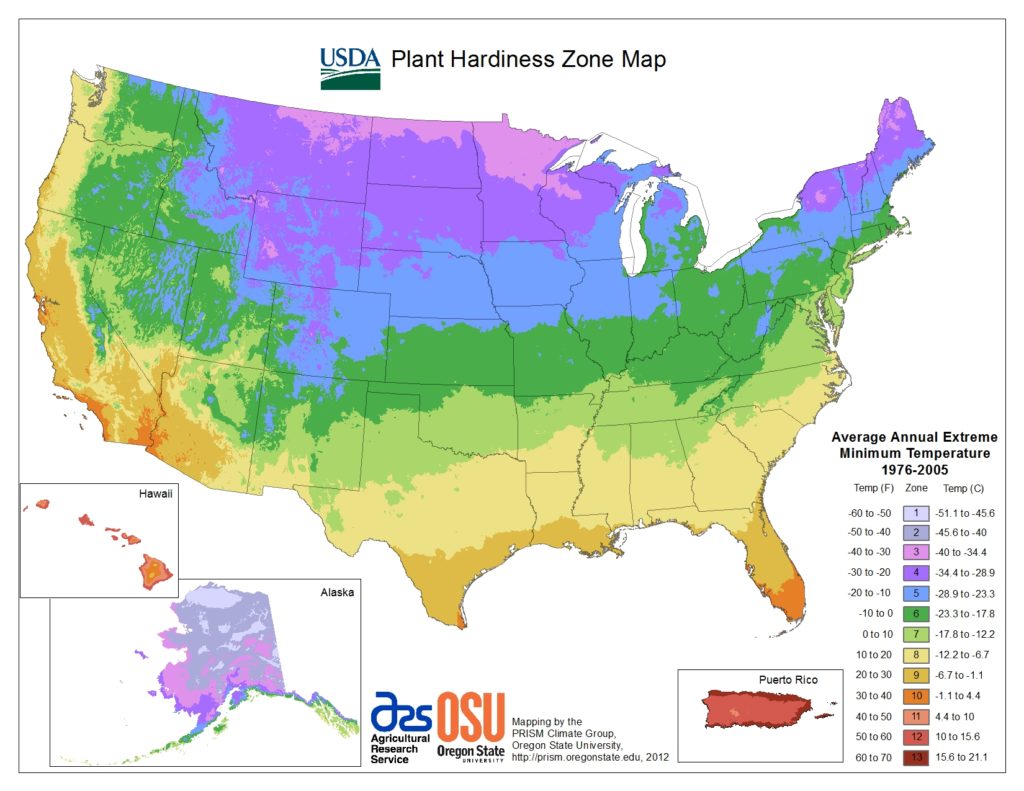
Note: The hardiness zones mentioned in the table represent the United States Department of Agriculture (USDA) Plant Hardiness Zones, which are commonly used for plant and tree classification. Please refer to specific local resources or consult with experts for the most accurate hardiness zone information for your region.
Choosing the right tree to plant is just as important as the act of planting itself. The right tree in the right place can grow and thrive, providing benefits for generations to come. On the other hand, the wrong tree in the wrong place can struggle to survive, requiring extra care and potentially causing problems for nearby structures or other plants. Here are some factors to consider when choosing a tree:
- Climate: Different trees have different climate requirements. Some trees thrive in cold climates, while others prefer warmer temperatures. Consider your local climate when choosing a tree.
- Soil: The type of soil in your area can also influence which trees will thrive. Some trees prefer sandy soil, while others do well in clay or loamy soil. If you’re unsure about your soil type, consider getting a soil test.
- Space: Consider the space available for your tree to grow. Remember to account for both the height and the spread of the tree. Also, consider the tree’s root system. Some trees have deep root systems, while others have roots that spread out near the surface.
- Purpose: Why are you planting the tree? If you want shade, choose a tree with a broad canopy. If you’re looking for fall color, consider trees with vibrant autumn foliage. If you want to attract wildlife, choose a tree that produces fruits or nuts.
- Maintenance: Some trees require more care than others. Consider how much time and effort you’re willing to put into caring for the tree. Some trees may require regular pruning, while others are more susceptible to pests or diseases.
- Native vs. Non-native: Whenever possible, consider planting native trees. Native trees are adapted to your local climate and soil conditions, and they provide habitat for local wildlife. Non-native trees can sometimes become invasive, out-competing native plants and disrupting local ecosystems.
Remember, the best tree for you is one that fits your location, meets your needs, and contributes positively to your local ecosystem. Take the time to research and choose carefully, and you’ll be rewarded with a tree that provides beauty and benefits for many years to come.
Choosing the Right Tree at arborday.org is another excellent resource that can help provide you with information about selecting the right tree for your specific area.
The Long-Term Impact of Your Tree
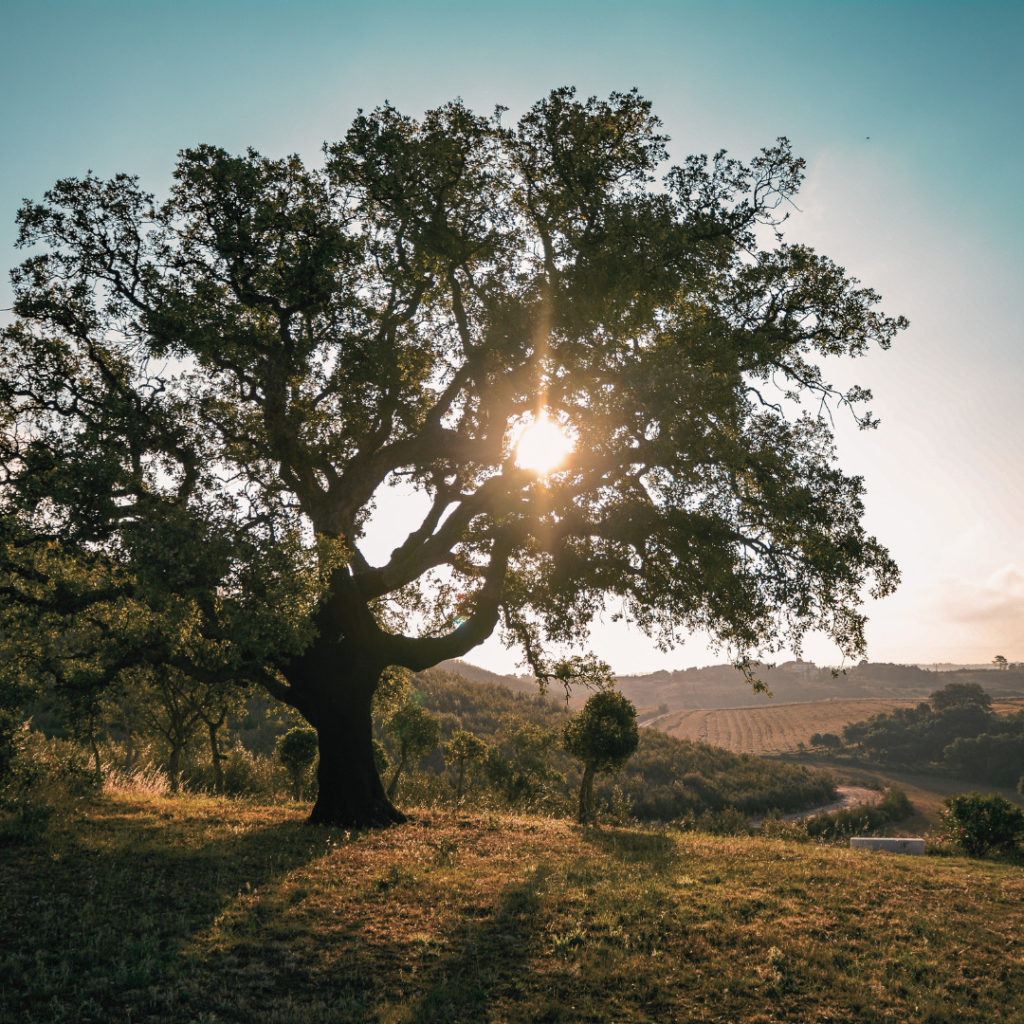
The act of planting a tree is a commitment to the future. It’s an investment that pays dividends not just in the beauty and shade that a mature tree provides, but also in the myriad environmental benefits that trees offer. The long-term impact of your tree can be profound and far-reaching.
A study conducted in Britain found that over a 60-year period, broadleaved woodlands underwent a complex pattern of ecological change8. The total extent of these woodlands expanded significantly, and this expansion was accompanied by changes in ground flora and the regeneration pattern of tree species. This study underscores the long-term ecological impact of tree planting and the role of trees in shaping our landscapes.
In urban environments, trees can have a significant impact on the quality of life, particularly in terms of cooling. A study conducted in California found that trees shading a home’s west exposure produced the largest savings in annual and peak energy use for all climate zones and insulation levels considered9. Another study conducted in Germany used urban tree cadastre data to estimate the cooling benefits provided by trees10. The results showed that trees significantly reduced direct and thermal radiation in their effective range, thereby contributing to the cooling of urban areas. These studies highlight the role of trees in reducing energy use for air conditioning and contributing to urban cooling, making cities more comfortable and livable, especially during the hot summer months.
In agricultural settings, the long-term impact of trees can be equally significant. A study conducted in Ethiopia found that smallholder farmers are adapting to climate variability by implementing practices such as tree planting11. This suggests that trees can play a critical role in supporting sustainable agricultural practices and helping communities adapt to climate change.
However, it’s important to remember that the long-term impact of your tree will depend on the care and attention it receives over the years. Regular watering, occasional pruning, and protection from pests and diseases will help your tree grow strong and healthy, maximizing its benefits for you and the environment.
Planting a tree is a powerful statement of hope and commitment to the future. The tree you plant today can provide shade and beauty, support wildlife, improve air and soil quality, and contribute to a healthier, more sustainable planet for generations to come.
Conclusion

As we stand at the precipice of a new year, we have the opportunity to make a difference. The act of planting a tree is a simple one, but its impact can be profound. From the moment you place that sapling in the ground, you are making a commitment to the future – a commitment to a greener, healthier, and more sustainable world.
Trees are the lungs of our planet, breathing in carbon dioxide and exhaling oxygen. They provide shade and beauty, support wildlife, improve air and soil quality, and contribute to a healthier, more sustainable planet. They are a testament to the power of nature and the impact of a single act.
In this blog post, we’ve explored the importance of trees, why 2023 is a crucial year for our planet, and how you can contribute to a greener future by planting your own tree. We’ve provided you with scientific data, expert quotes, and practical tips, all accompanied by strong visuals to guide you on this journey.
So, as we look forward to 2023, we encourage you to join us in making a difference. Plant a tree. It’s a small act, but one that can have a ripple effect, inspiring others to do the same and creating a wave of positive change for our planet. Together, we can plant the seeds of a brighter future.
Thank you for joining us on this journey. We look forward to hearing about your tree planting adventures in 2023!
Call to Action
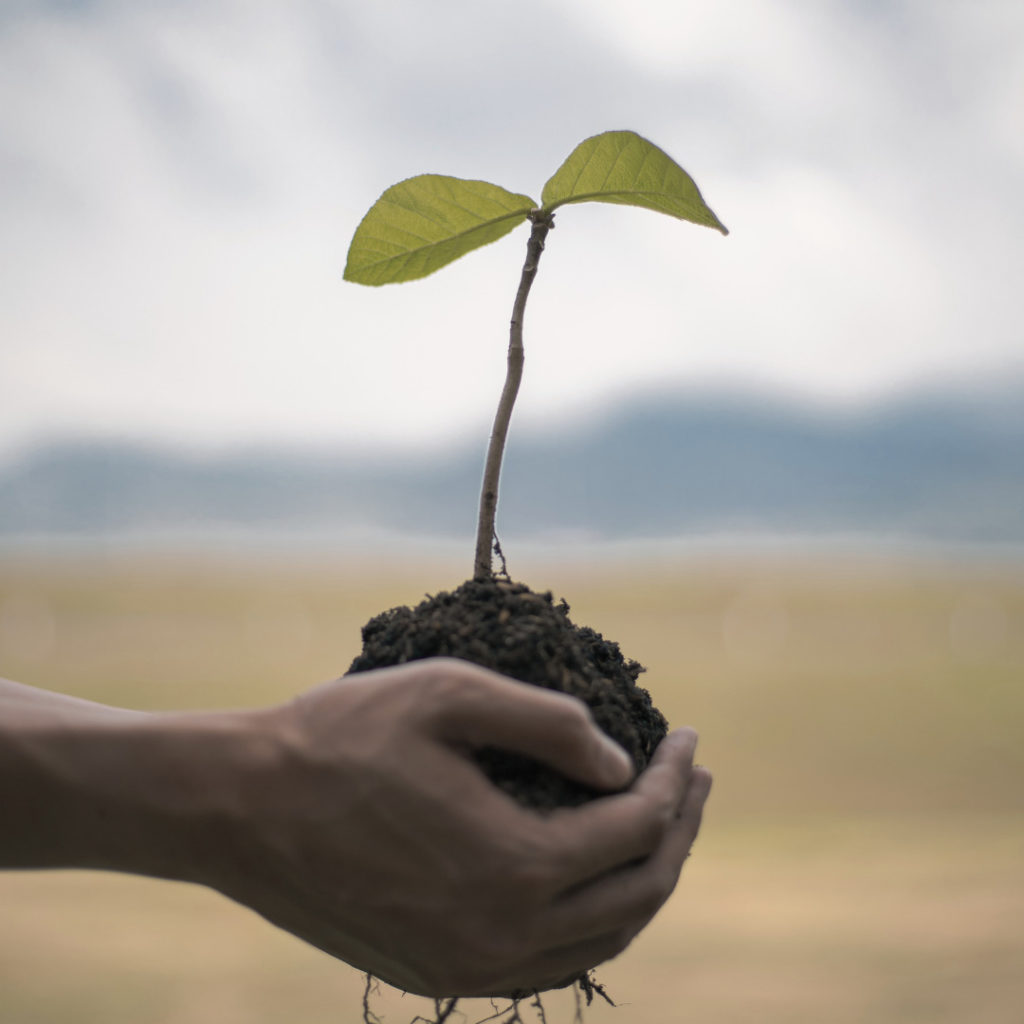
Now that you understand the importance of trees and the significant impact they can have on our planet, it’s time to take action. We’re inviting you, our readers, to join us in making a difference in 2023. Here’s how you can get involved:
- Plant a Tree: Whether it’s in your backyard, at a local park, or in a community garden, every tree counts. Remember to choose a tree that’s suitable for your local climate and soil conditions.
- Share Your Story: We’d love to hear about your tree planting adventures. Share your story on social media using the hashtag #PlantingTheFuture2023. Let’s inspire others to join us in this initiative.
- Spread the Word: Encourage your friends, family, and community to get involved. The more people we have planting trees, the bigger the impact we can make.
- Educate Yourself and Others: Continue learning about the importance of trees and the role they play in our environment. Share this knowledge with others and help raise awareness about the importance of tree planting.
Remember, every tree planted is a step towards a greener, healthier, and more sustainable planet. Let’s make 2023 the year we all take a stand for our planet. Let’s plant the seeds of a brighter future, together.
Sources :
- Is All Urban Green Space the Same? A Comparison of the Health Benefits of Trees and Grass in New York City ↩
- Street Orientation and Side of the Street Greatly Influence the Microclimatic Benefits Street Trees Can Provide in Summer ↩
- Potential agricultural and environmental benefits of mulches—a review ↩
- The Benefits and Limits of Urban Tree Planting for Environmental and Human Health ↩
- Farmers’ adaptation to climate change and determinants of their adaptation decisions in the Central Rift Valley of Ethiopia ↩
- Where Tree Planting and Forest Expansion are Bad for Biodiversity and Ecosystem Services ↩
- Getting the message right on nature-based solutions to climate change ↩
- Ecological change in British broadleaved woodland since 1947 ↩
- Potential of Tree Shade for Reducing Residential Energy Use in California ↩
- Cooling Effects and Regulating Ecosystem Services Provided by Urban Trees—Novel Analysis Approaches Using Urban Tree Cadastre Data ↩
- Farmers’ adaptation to climate change and determinants of their adaptation decisions in the Central Rift Valley of Ethiopia ↩


